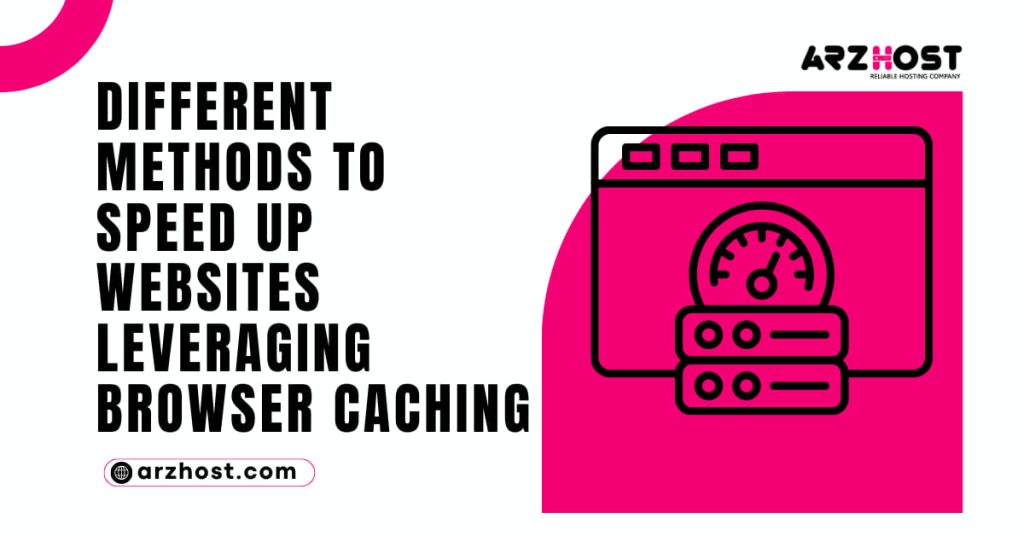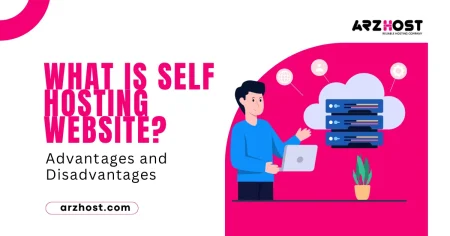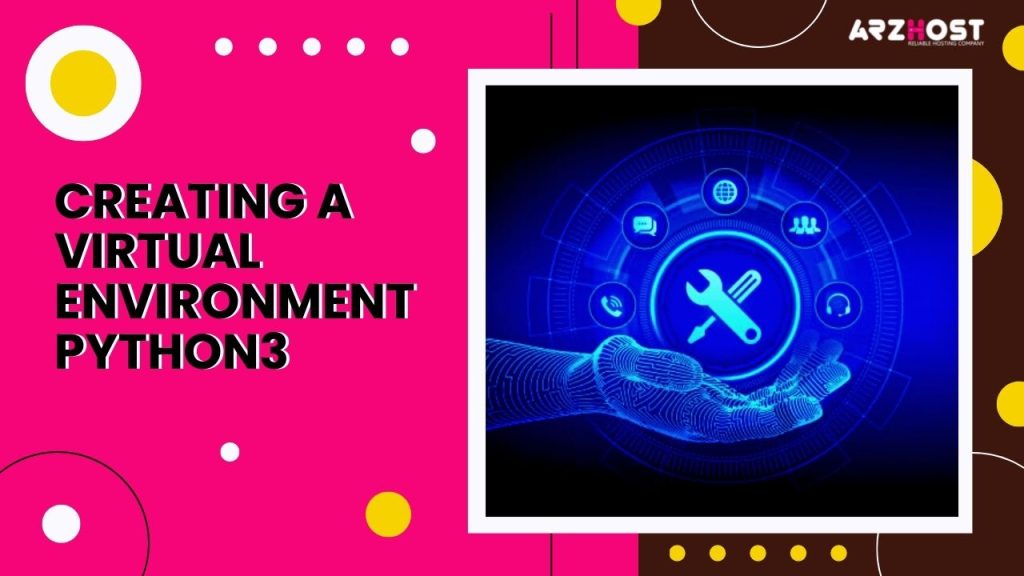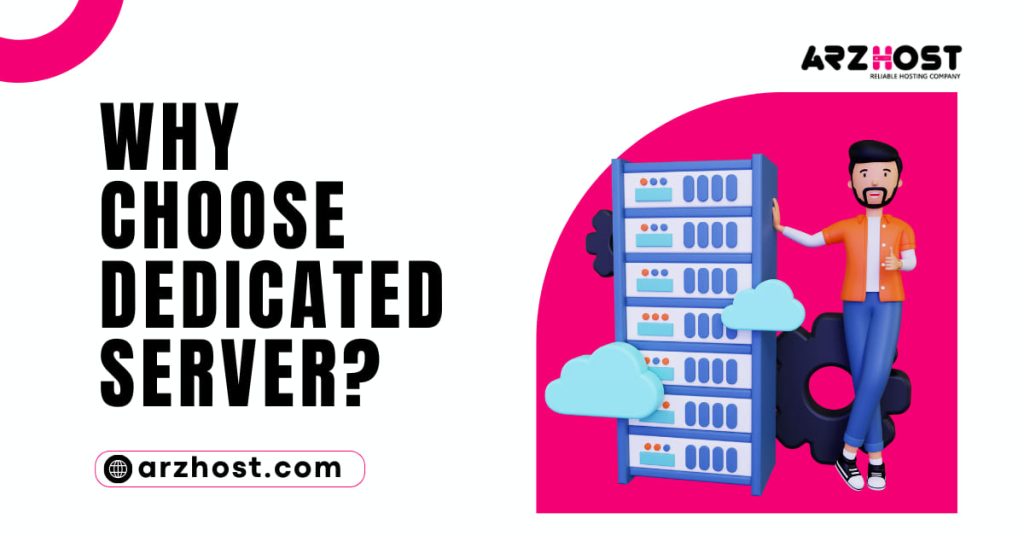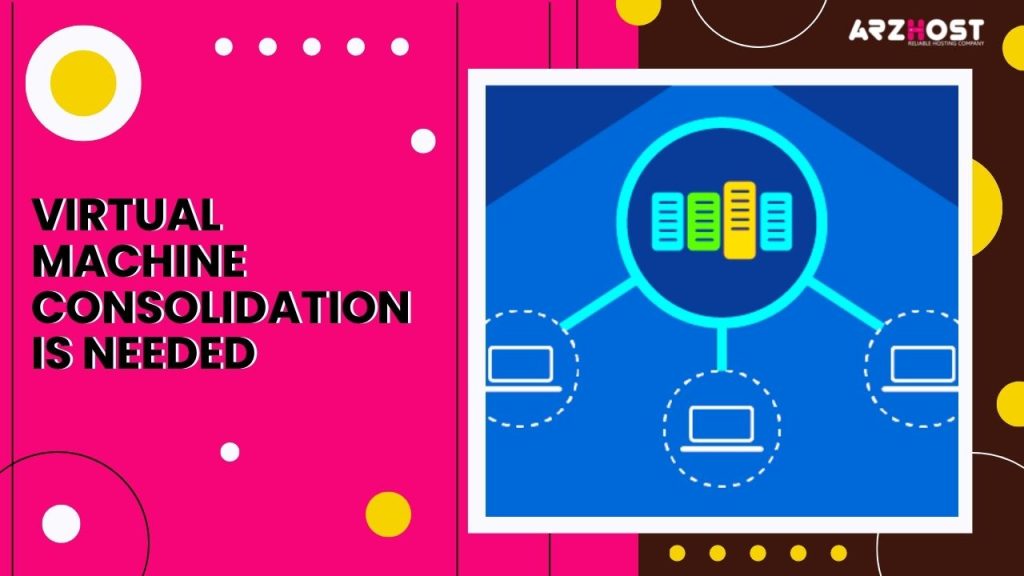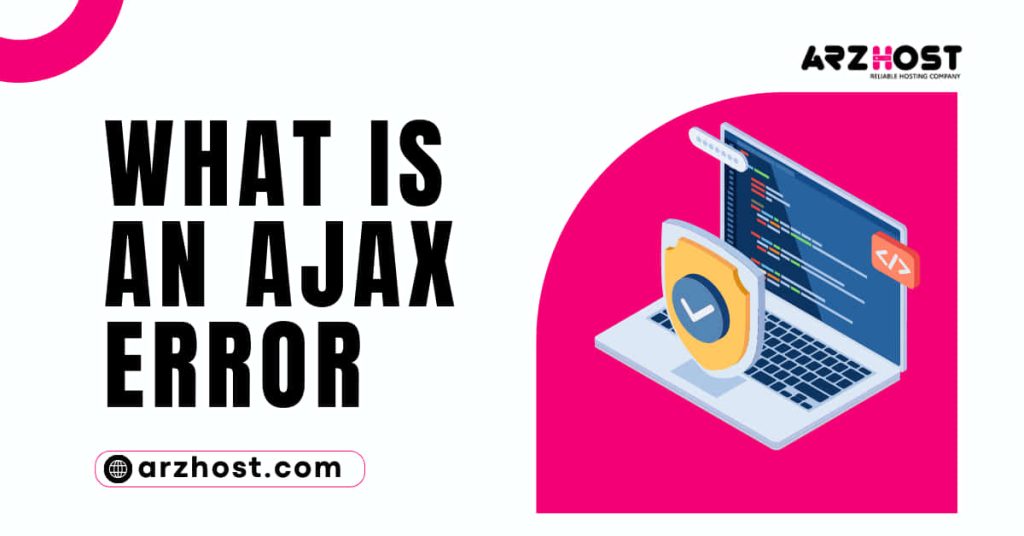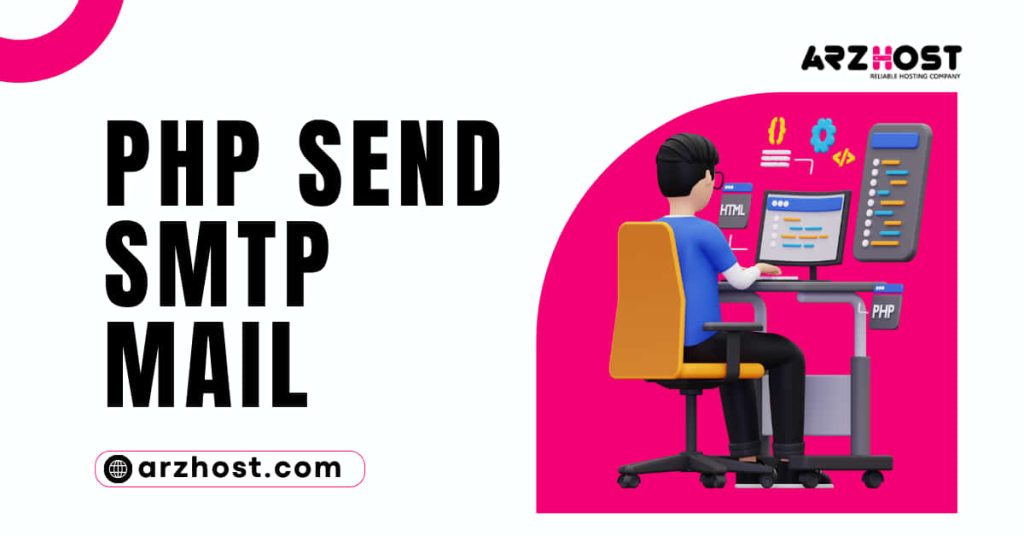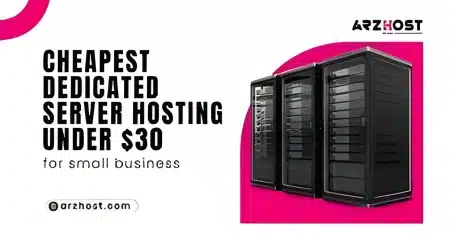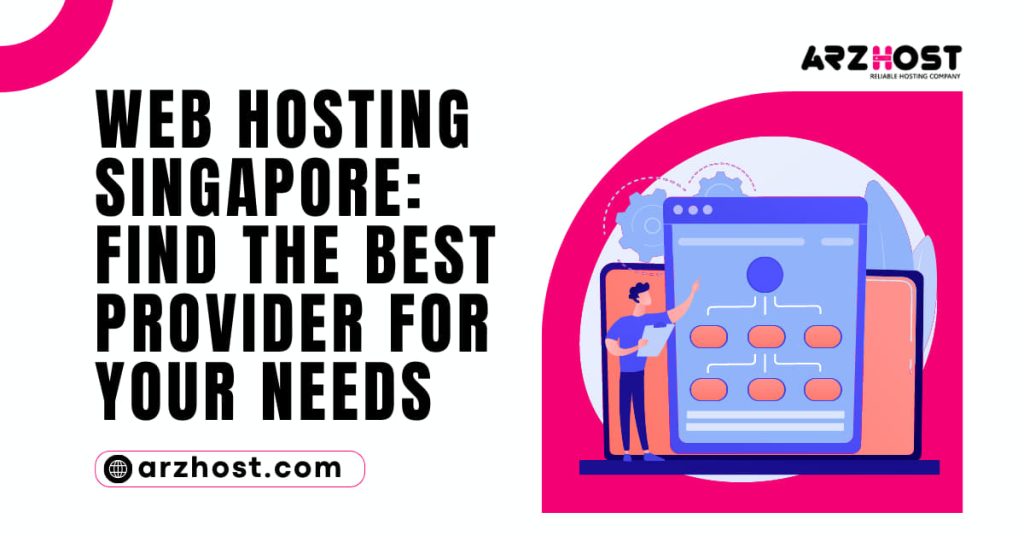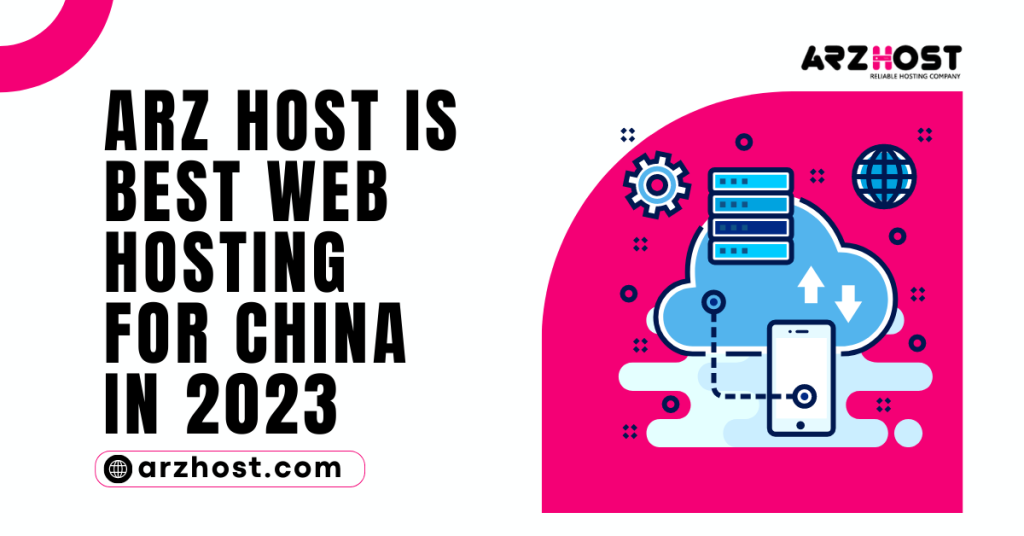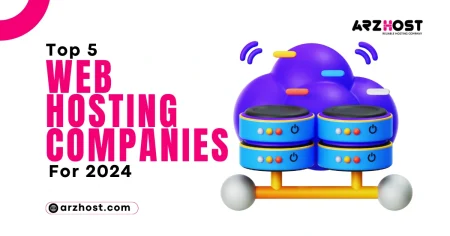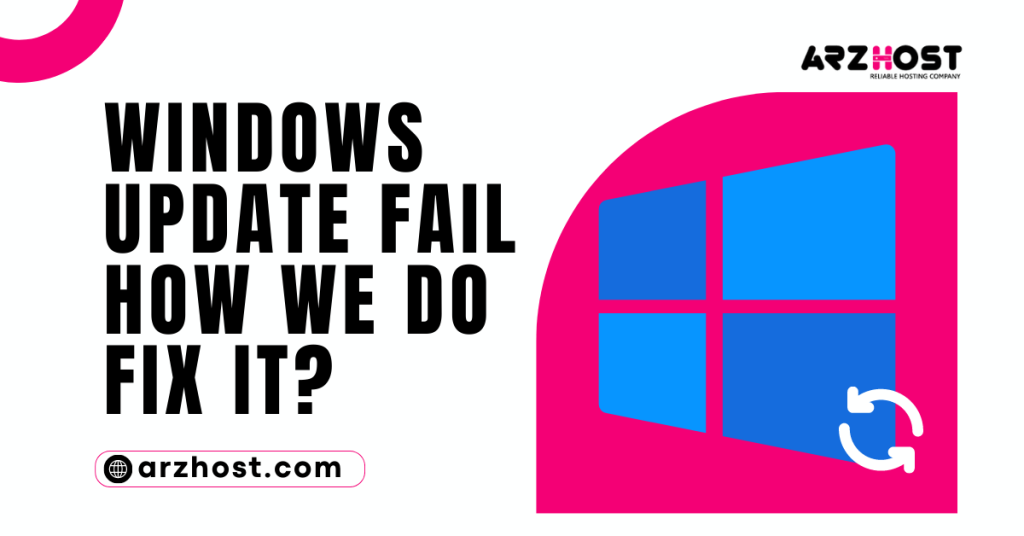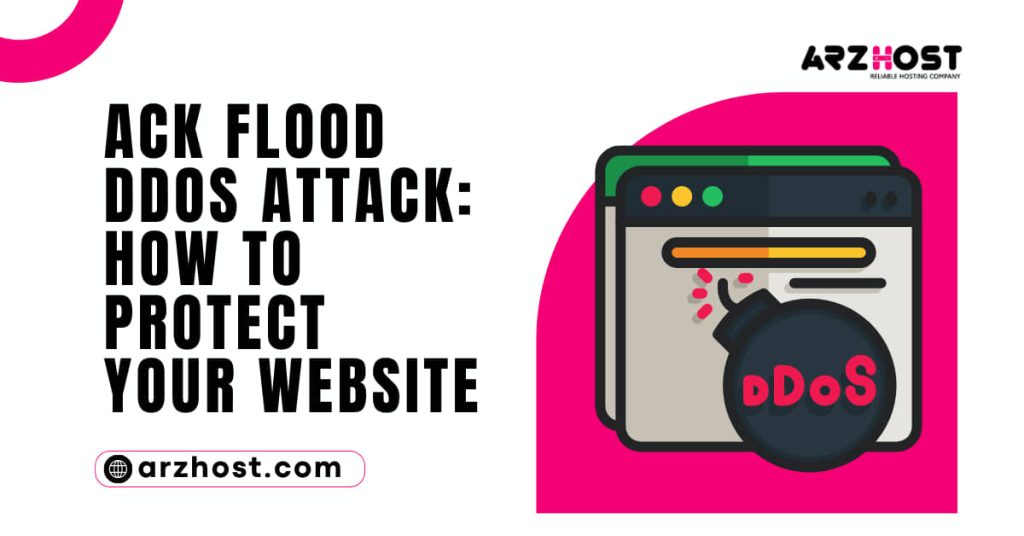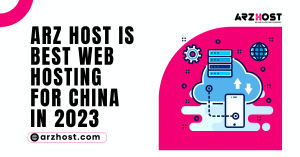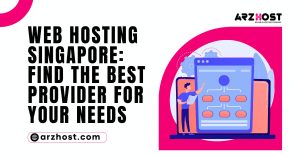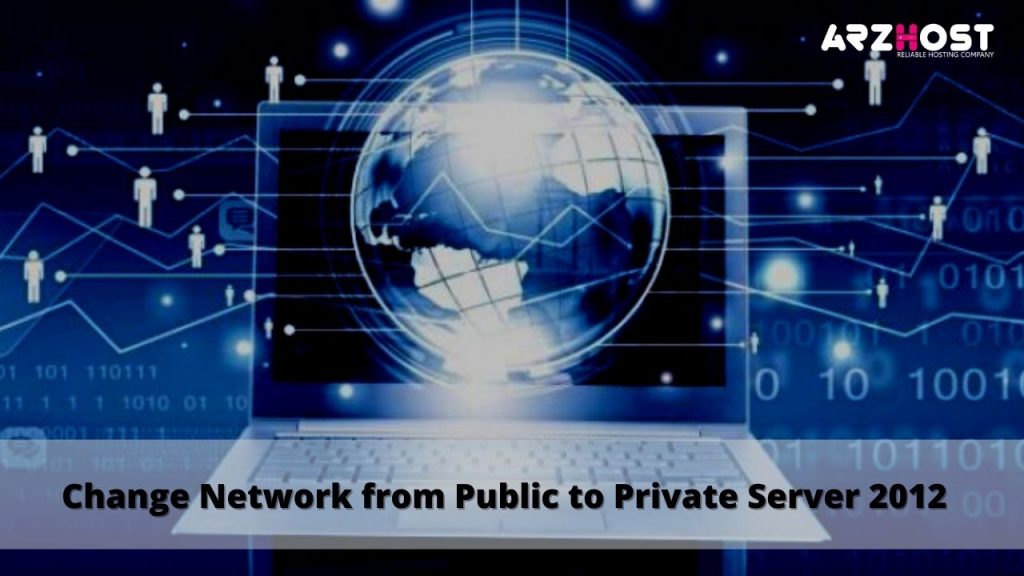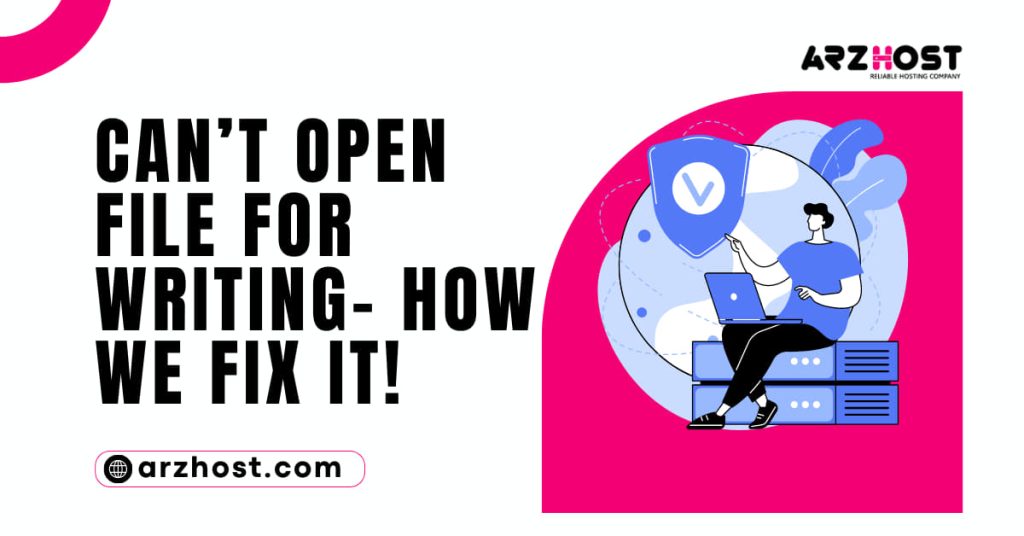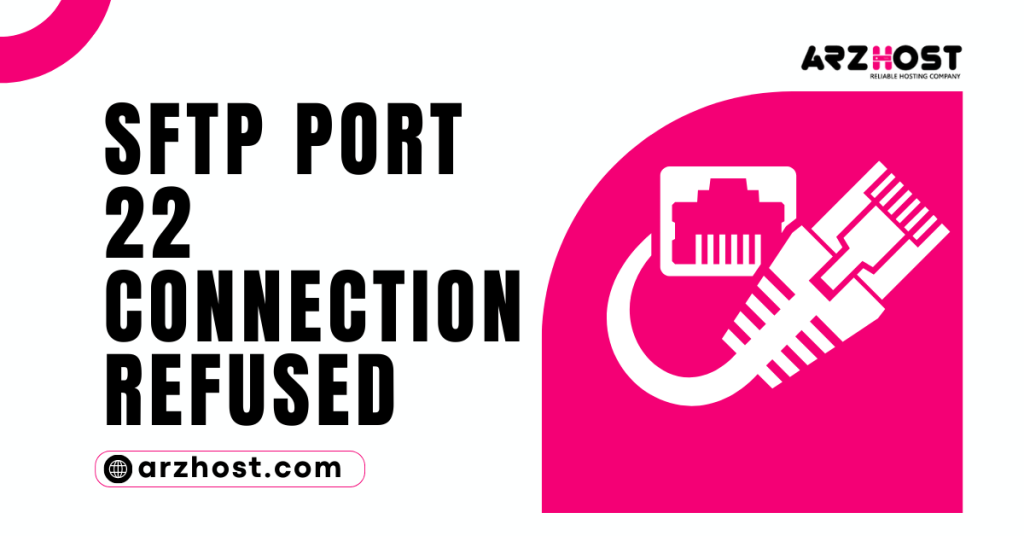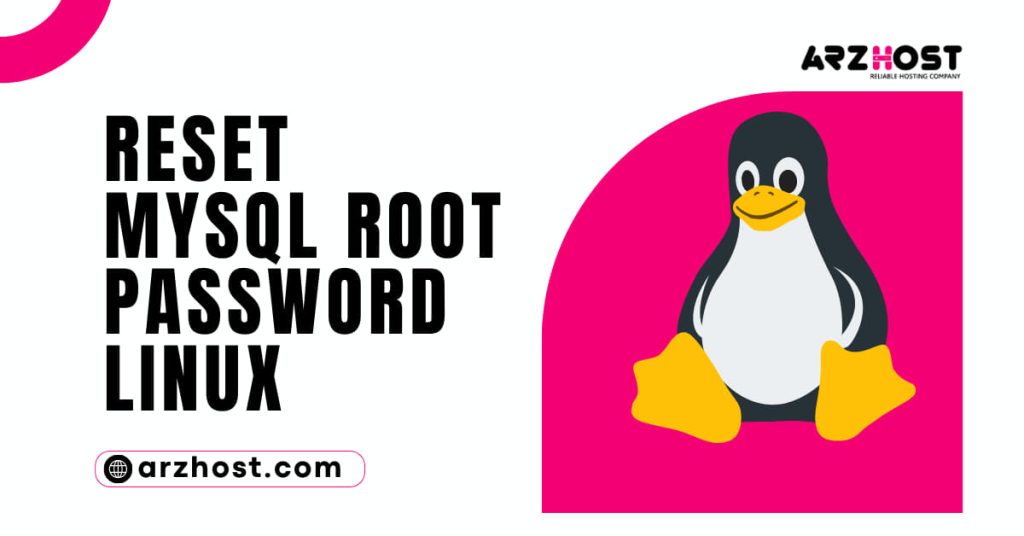Our Picks
News Focus
View MoreAdvancing a site can be a significant expense for autonomous endeavors with confined displaying monetary…
Best hosting for web designers, one day earlier, one of my mates mentioned that I…
Do you need help with SSL on your WordPress website? You’re not alone if you’ve switched to HTTPS recently and have problems. To maintain…
Web hosting is becoming an essential part of the internet landscape in the digital age when people and businesses are always looking to…
Why Choose a Virtual Private Server? Firstly, buy the best vps server from Arzhost with reasonable price and supra dynamic features for…
Different methods to speed up websites Leveraging Browser Caching, If you want to leverage your browsing cache, you need to define for…
Time to First Byte (TTFB) is a statistic that is particularly important in the field of online performance improvement since it indicates…
Subscribe to Updates
Get the latest creative news from FooBar about art, design and business.








